The ancient vertical-axis windmills of Nashtifan, Iran, are a marvel of engineering and a testament to human ingenuity.
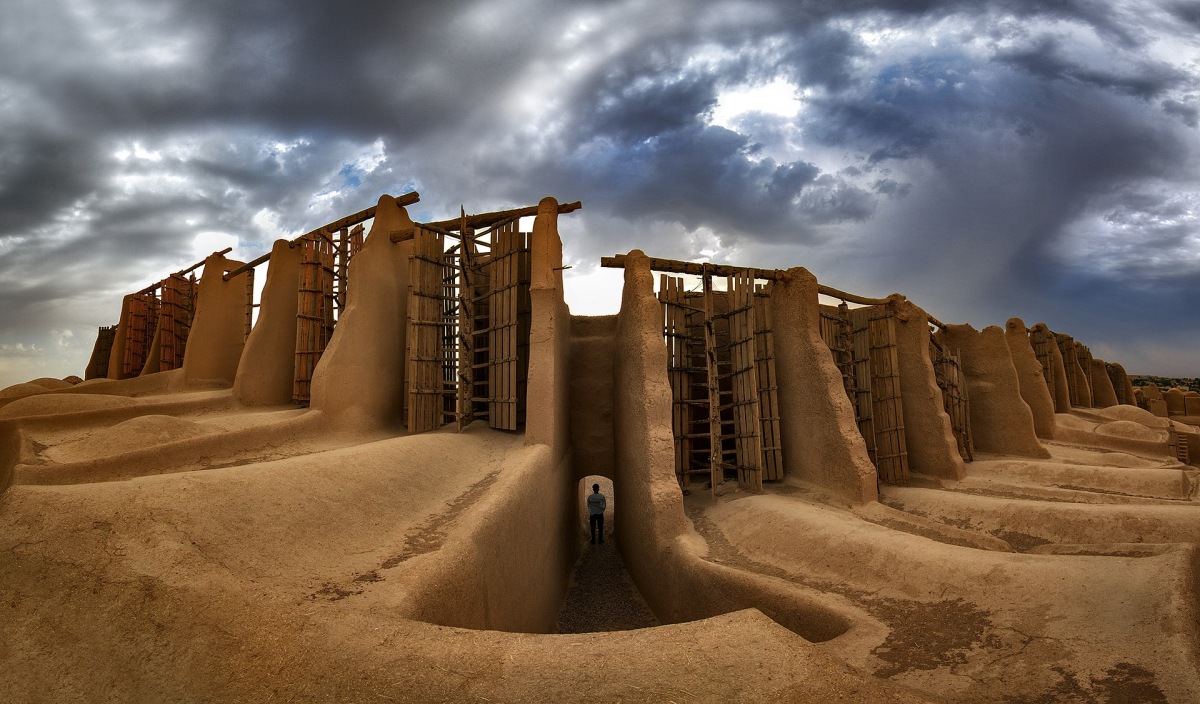
Image credit: Hadidehghanpour
Located in the northeastern province of Khorasan Razavi, the town of Nashtifan is one of the windiest places in Iran, where wind speeds often reach 120 km/h (75 mph). About 30 windmills, also known as “wind catchers,” were built here a millennium ago to harness this powerful wind energy and grind grains into flour for bread.
On the southern outskirts of the town – the name of which is derived from words that translate to “storm’s sting” – there is a massive earthen wall that rises to a height of 65 feet (20 meters), providing protection to the residents against the harsh gusts of wind. This towering wall accommodates the ancient windmills, most of which are operational and have been in use since the ancient Persian era.
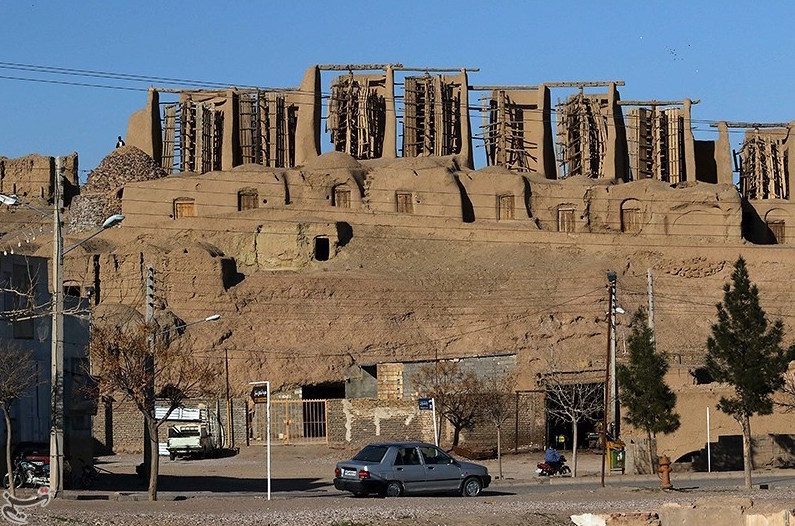
Image credit: Mohammad Hossein Taghi
The design of the windmills – which is the first known documented arrangement of this kind – is unique in that they feature a vertical-axis rotor that is connected directly to the grinding stone. This is in contrast to the more common horizontal-axis windmills found in Europe and other parts of the world.
The vertical-axis design has several advantages over the horizontal-axis design, including its ability to operate in high winds. One drawback of the setup, however, is that due to their horizontal rotation, only one side of the wind blades can capture the wind energy while the other side must work against the wind direction, leading to energy loss. This limitation means that the blades are unable to move faster, or even at the same speed, as the wind. Nevertheless, the vast wind energy that is accessible in the region makes up for this disadvantage.

Image credit: Mohammad Hossein Taghi
The windmills of Nashtifan are made entirely of clay, straw, and wood. The rotor of each windmill is made up of six wooden blades that are about 5 meters (16 feet) high and 50 centimeters (20 inches) wide. The blades are connected to a vertical shaft that runs down to a room made of clay where the grinding stones are located.
As the rotors turn around, they create vibrations that cause the grains to shift from their container to the grinders, resulting in the production of flour.
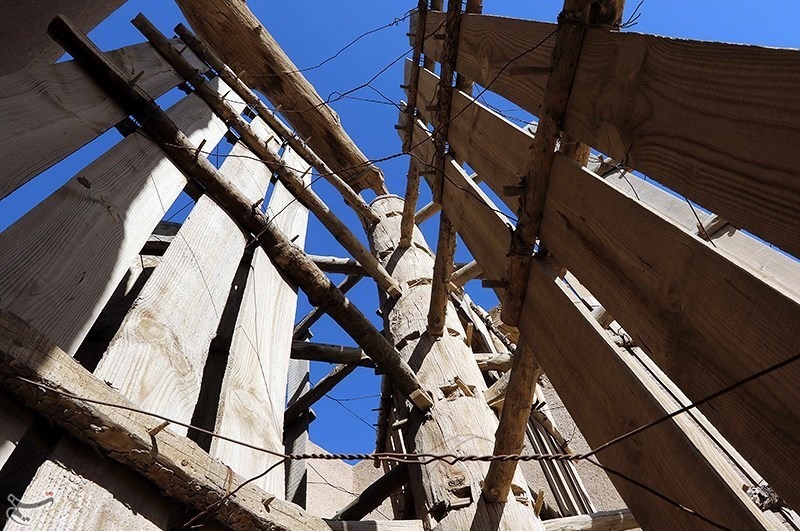
Image credit: Mohammad Hossein Taghi
When the wind is blowing, this basic yet effective system is capable of producing flour bags weighing up to approximately 330 pounds (150 kilograms). There is a tank positioned above the grinding stones where the grains are placed. The amount of wheat that flows from the tank to the stone hole is controlled by the pressure and speed of the wind, rendering an operator unnecessary for overseeing the entire grinding process.
Understandably, the windmills of Nashtifan were an important part of the local economy for centuries. In addition to grinding wheat, they provided employment for local craftsmen and millers.
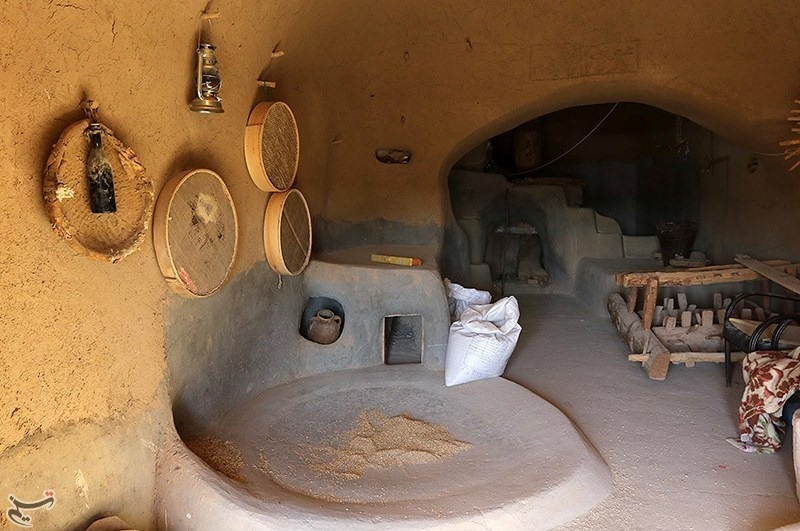
Image credit: Mohammad Hossein Taghi
Today, the windmills continue to be used by the local community, although they have largely been replaced by modern mills that are powered by electricity. Nevertheless, they remain an important part of the cultural heritage of the region and are a popular tourist attraction.
In 2002, the windmills of Nashtifan were registered as a national heritage site by the Iranian Cultural Heritage Organization. Despite this recognition, the windmills are facing a number of challenges, including the effects of climate change, which has led to a decline in wind speeds in the region. In addition, the windmills are in need of conservation and restoration work to ensure that they continue to operate for generations to come.
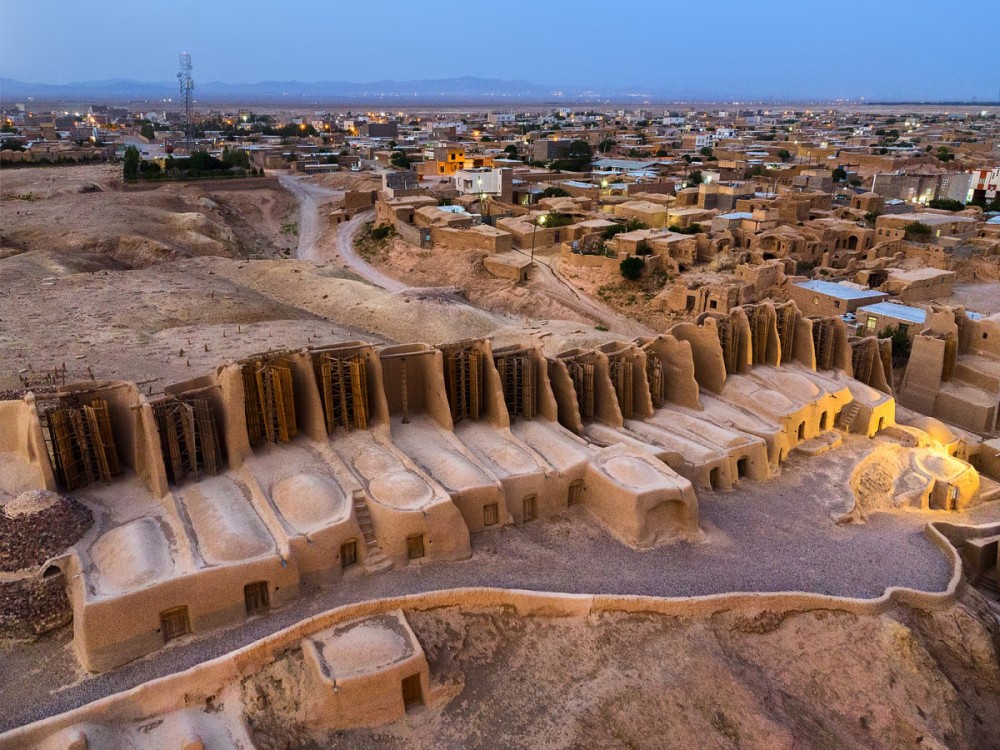
Image credit: Hadidehghanpour
For now, the ancient mills are taken care of by Ali Muhammed Etebari, an affable custodian who does not receive any pay for his unofficial village job. “If I don’t look after them, the youngsters will come and spoil it and break everything,” he told a film crew from the International Wood Culture Society with a gruffly laugh and a finger jab.

